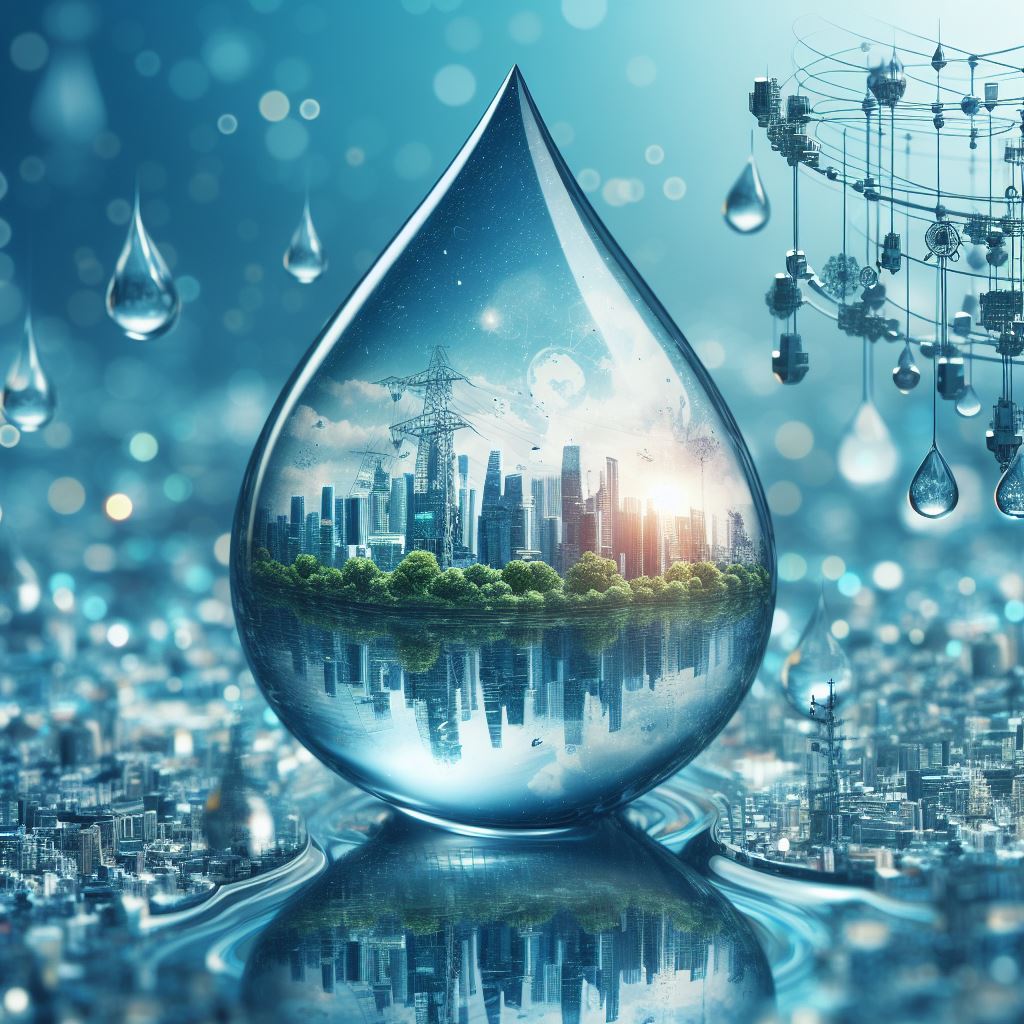In the intricate tapestry of our lives, the quality of the air we breathe and the water we consume plays a profound role. While we often take these elements for granted, their impact on our health, well-being, and the environment cannot be overstated. In this exploration, we will journey through the pros and cons of air and water quality, shedding light on the delicate equilibrium we must maintain for a sustainable and healthy future.
Air Quality: Pros and Cons

i. Pros
- Improved Respiratory Health: The blessing of clean air extends beyond just our lungs, promoting overall respiratory well-being.
- Enhanced Overall Well-being: Breathing in fresh air contributes to mental clarity, improved concentration, and heightened productivity.
- Increased Productivity and Cognitive Function: Workspaces with optimal air quality foster an environment where productivity and cognitive function flourish.
ii. Cons
- Respiratory Issues Due to Pollution: The insidious effects of air pollution pose a significant risk to respiratory health, with conditions such as asthma on the rise.
- Impact on Vulnerable Populations: The young and elderly are particularly susceptible, bearing a disproportionate burden of health issues caused by poor air quality.
- Long-Term Environmental Consequences: Beyond the immediate health impacts, air pollution contributes to climate change, exerting a lasting toll on our planet’s ecosystems.
You May Also Like: Camelbak All Clear Uv Water Cleanser
Water Quality: Pros and Cons

i. Pros
- Healthier Drinking Water: The elixir of life, clean water is fundamental for sustaining life and maintaining optimal health.
- Improved Overall Health: Access to clean water is a cornerstone of public health, reducing the prevalence of waterborne diseases.
- Positive Environmental Impact: Preserving water quality contributes not only to our health but also to the health of aquatic ecosystems and biodiversity.
ii. Cons
- Waterborne Diseases: Contaminated water sources are breeding grounds for diseases such as cholera and dysentery.
- Environmental Pollution and Ecosystem Disruption: The careless disposal of industrial waste and agricultural runoff wreaks havoc on aquatic ecosystems.
- Challenges in Ensuring Widespread Access to Clean Water: Despite progress, millions around the globe still lack access to clean water, underscoring the need for comprehensive solutions.
Interconnectedness of Air and Water Quality
Understanding the dynamic relationship between air and water quality is crucial for devising effective environmental conservation strategies.
Strategies for Improving Air Quality
Exploration of air purification technologies, lifestyle changes, and government initiatives aimed at reducing air pollution.
Strategies for Improving Water Quality
Discussion of water treatment methods, individual actions for water conservation, and global initiatives for clean water accessibility.
Balancing Act: Achieving Optimal Air and Water Quality
Emphasizing the importance of a comprehensive approach to environmental health, involving technology, policies, and individual responsibility.
Emerging Trends and Innovations
Highlighting advances in air and water quality monitoring, innovative technologies for pollution prevention, and future prospects for a healthier environment.
Frequently Asked Questions (FAQs)
Q1: How can I improve air quality at home?
A: Consider using air purifiers, ensuring proper ventilation, and reducing indoor pollution sources.
Q2: What are common sources of water pollution?
A: Industrial discharge, agricultural runoff, and improper waste disposal are significant contributors to water pollution.
Q3: How often should I test my home’s water quality?
A: Testing annually is recommended, especially if you rely on well water or live in an area with known water quality issues.
Q4: Can planting more trees help improve air quality?
A: Yes, trees absorb pollutants and release oxygen, contributing to improved air quality.
Q5: Are there government initiatives for water conservation?
A: Many countries have water conservation programs, including regulations for industrial practices and incentives for individuals.
Conclusion
In the delicate dance between air and water quality, our actions matter. Recognizing the pros and cons allows us to make informed choices, contributing to a healthier environment for ourselves and future generations. As stewards of this planet, it is our collective responsibility to nurture the delicate balance that sustains life on Earth.
